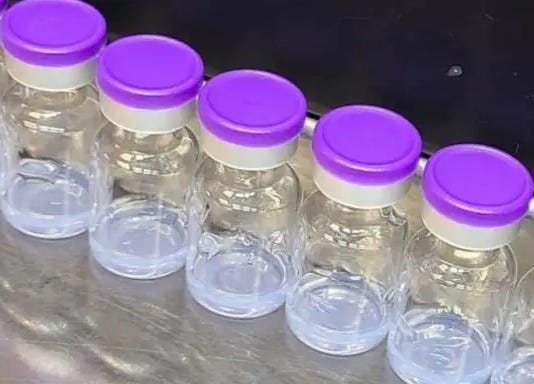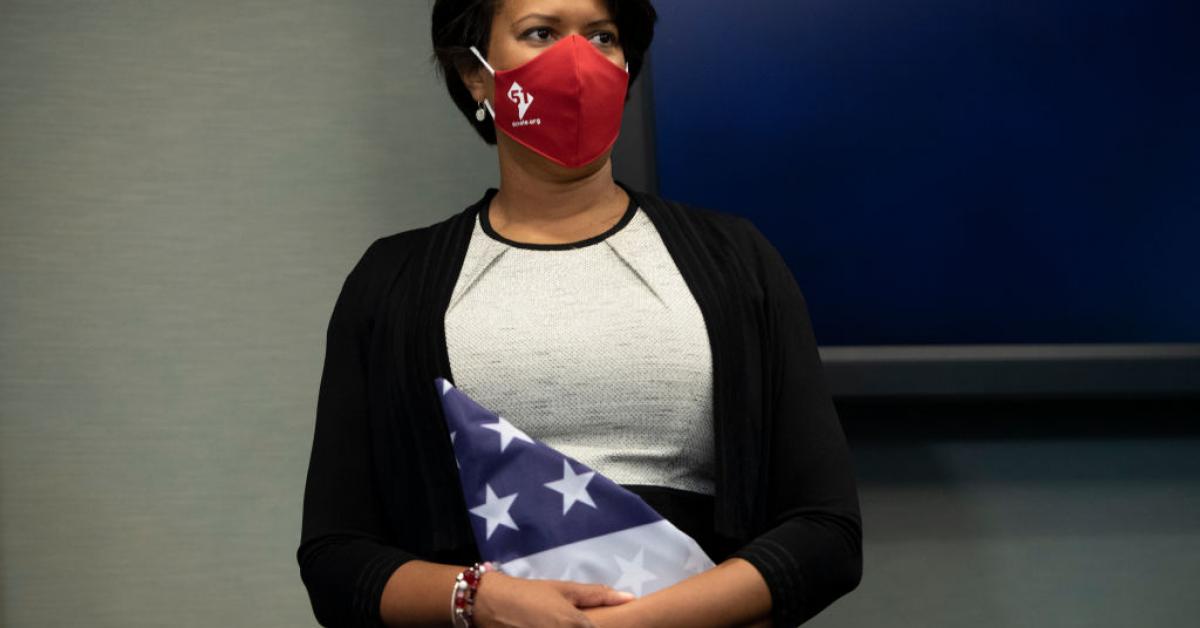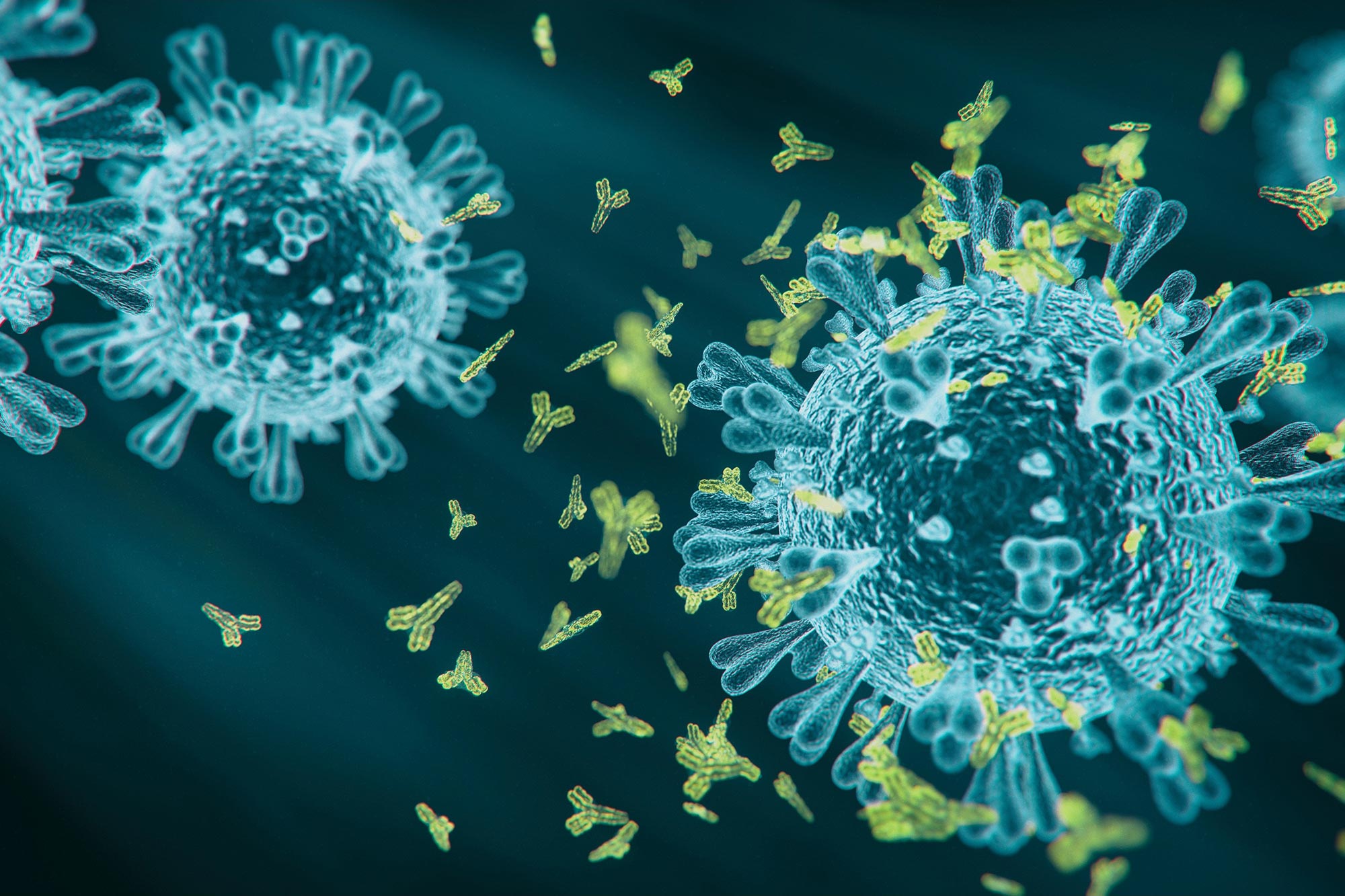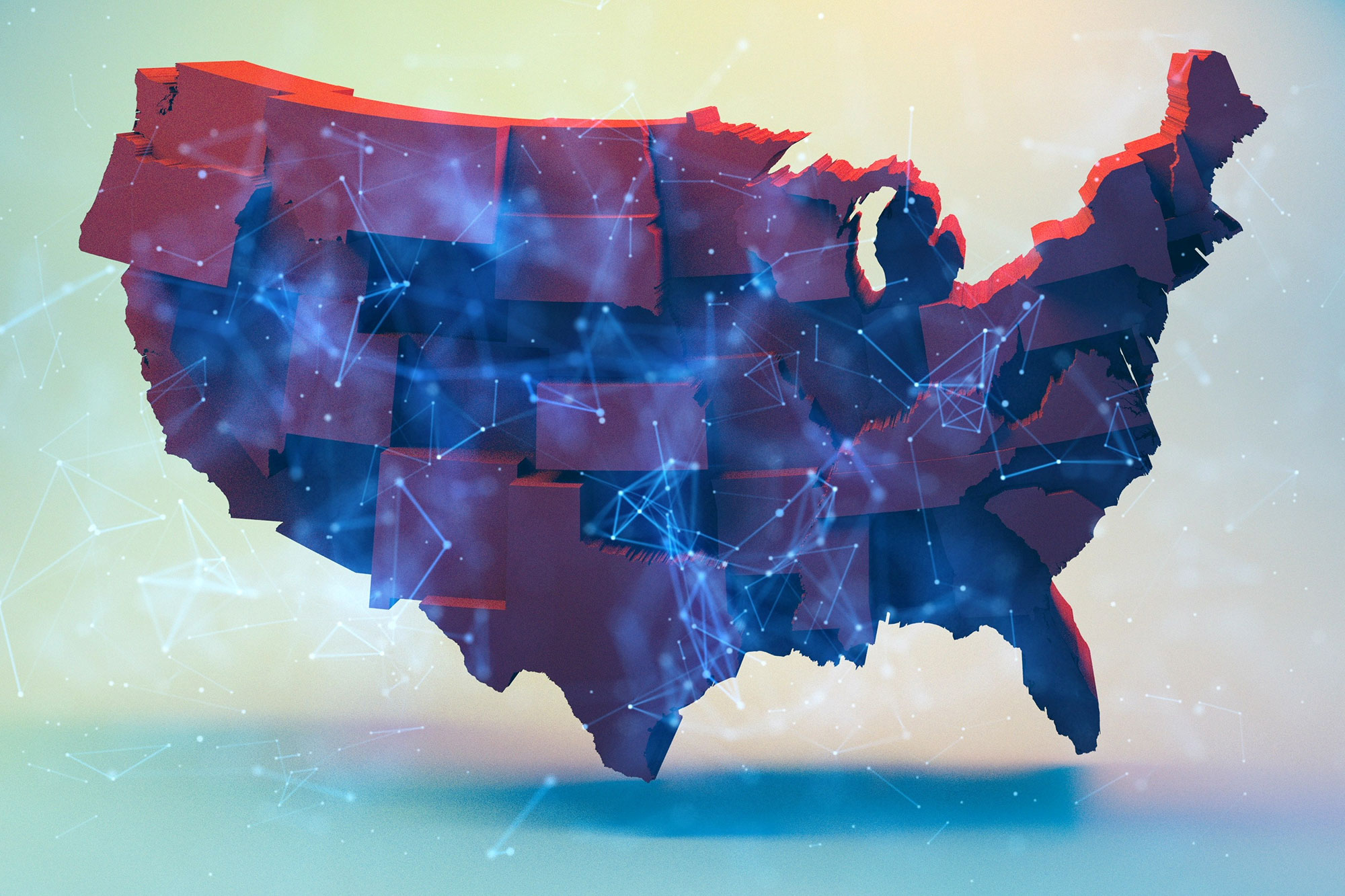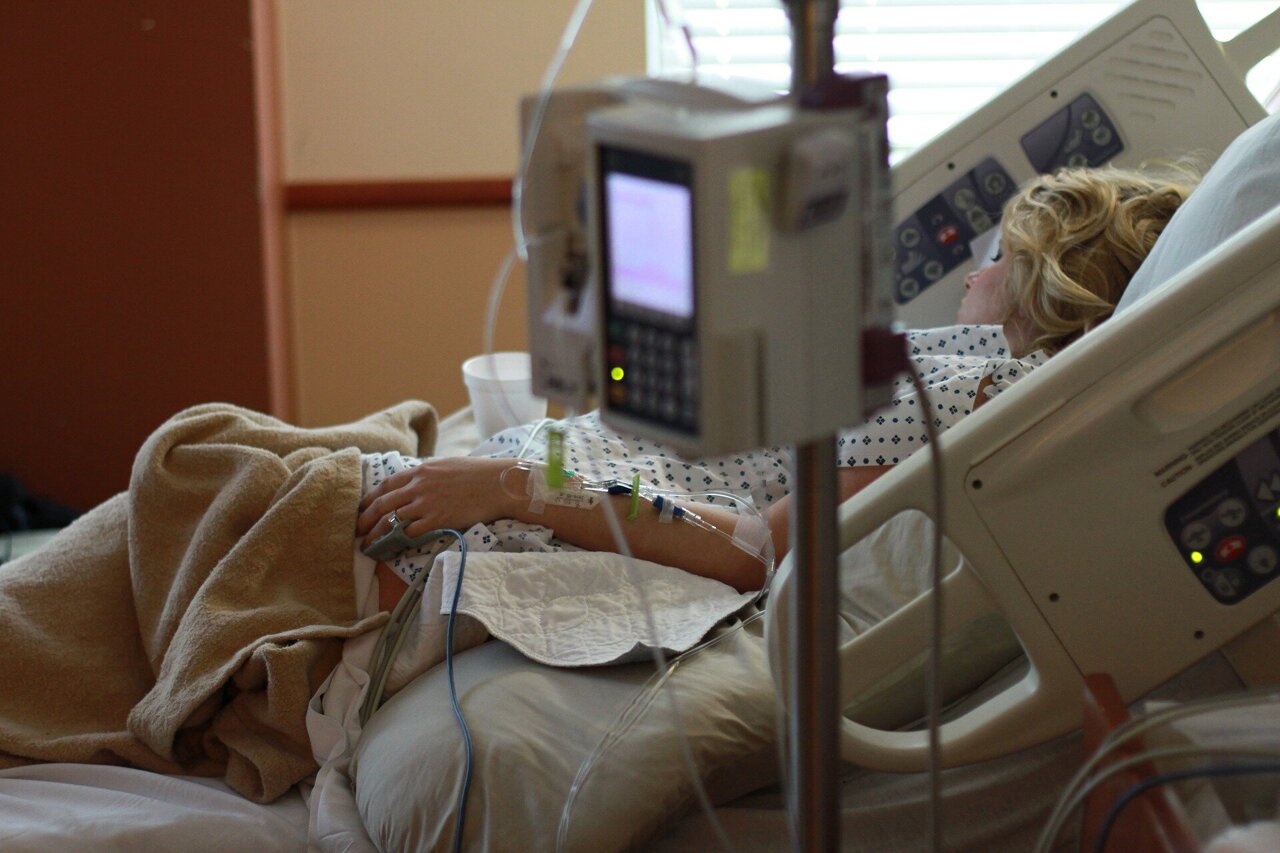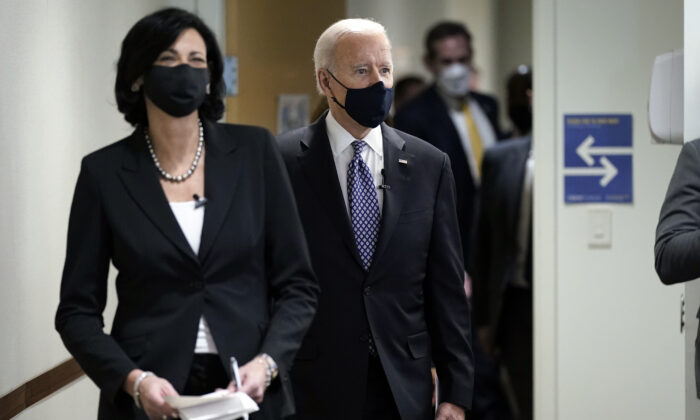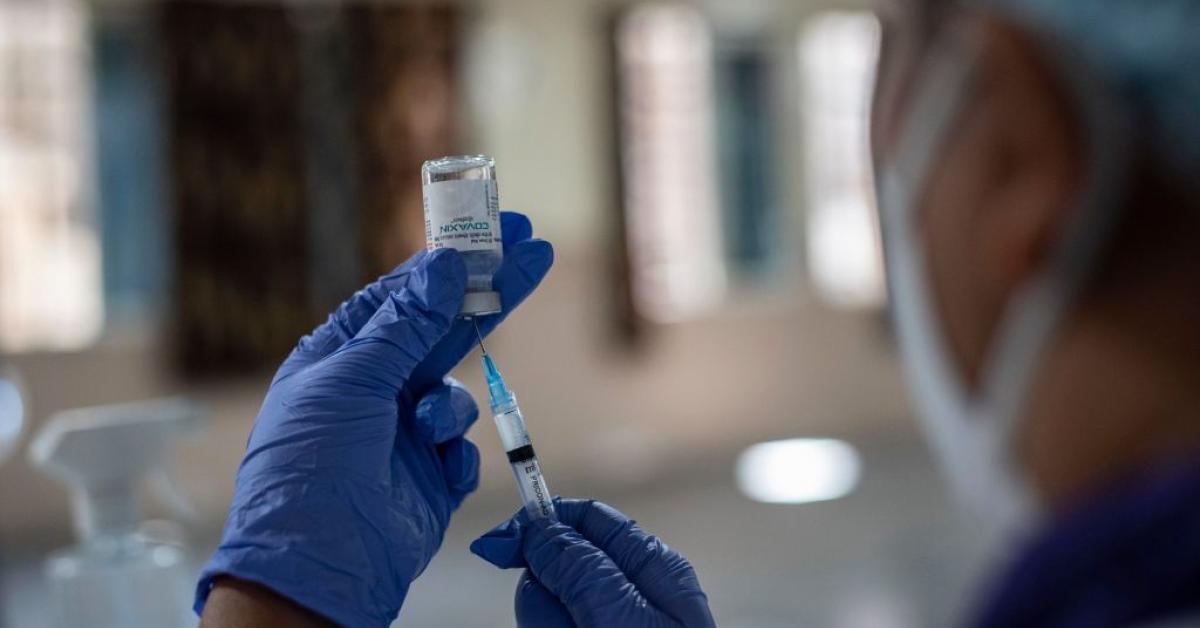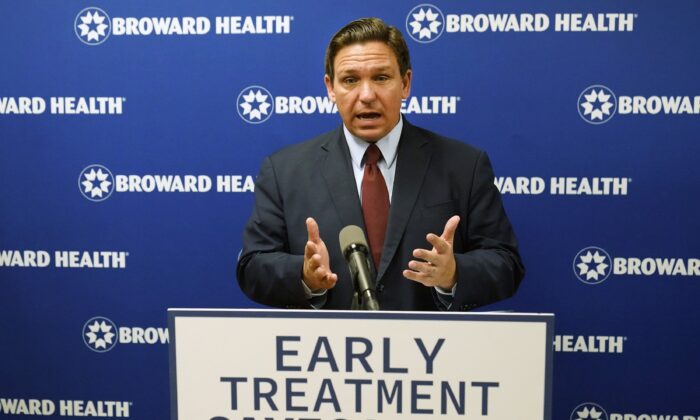[CONTINUED]
The U.S. Capitol
lifted its own mask mandate just two days prior to the State of the Union address.
Mass media outlets, which for the most part until now vehemently supported such countermeasures, also visibly shifted their position in recent days.
For instance, a CNN medical analyst who had previously
compared unvaccinated people to drunk drivers and who strongly favored strict COVID mandates, recently
said “the science has changed” and that it is now appropriate to end mask mandates.
Moreover, on the same week, the Impact Research memo circulated, Saturday Night Live, which for the past two years also toed the pro-mandate orthodoxy,
openly mocked vaccine and mask mandates and questioned whether they were ever necessary, with such lines as “Do I have to dump my oldest friend just cause he didn’t get … a booster?”
Political commentator Clay Travis, in a tweet, remarked: “[a]mazing how quickly the pivot has happened.”
Here’s SNL’s dinner party skit as left wingers discuss whether masks and vaccines were actually necessary. Amazing how quickly the pivot has happened.
pic.twitter.com/gwgWSceYsY
— Clay Travis (@ClayTravis)
February 28, 2022
The timing of restrictions being lifted and shifting media opinion, combined with the close parallels between Biden’s speech and the Impact Research memo, raise an important question: Are public health policy decisions being driven by “science” — or by polling and public relations?
Impact Research: a well-connected ‘ally’ that ‘elects candidates’
Impact Research, formerly known as
ALG Research, does not hide its political influence. A banner on the firm’s
website reads, “proud pollsters for President Joe Biden.”
And the firm describes itself as “a proud ally and asset to progressive causes and campaigns around the globe,” adding, “we elect candidates” and “guide institutional policy.”
The firm’s
client list, aside from Biden, includes a who’s who of Democratic party politicians, including Barack Obama, Hillary Clinton, Louisiana Gov. John Bel Edwards, Michigan Gov. Gretchen Whitmer, Nevada Gov. Steve Sisolak, North Carolina Gov. Roy Cooper, former Senate Majority Leader Harry Reid, former Chicago Mayor Rahm Emanuel and others.
According to The Blaze, Impact Research also conducted polling for organizations such as the
Bill & Melinda Gates Foundation and George Soros’ Open Society Foundations.
Impact Research
says it “has beaten more Republican congressional incumbents than any other polling firm in the industry,” “has worked for every Democratic Presidential nominee since 2008,” and continues “to work with the White House and the Biden advocacy group
Building Back Together.”
The two pollsters who authored the Feb. 24 memo are themselves prominent within the industry. Molly Murphy, recently
named president of Impact Research, was the winner of the 2019 American Association of Political Consultants (AAPC) “Pollster of the Year Award.”
Murphy also
serves as a lead advisor for the Democratic Congressional Campaign Committee (DCCC) and has worked on the campaigns of Roy Cooper, as well as Reps. Tom O’Halleran (D-Ariz.), Vicente Gonzalez (D-Texas) and Ayanna Pressley (D-Mass.).
Brain Stryker, co-author of the memo,
has won the AAPC’s “40 Under 40” award (as has Murphy), and led polling for Michigan Gov. Gretchen Whitmer and for overseas politicians, including Nigerian President Muhammadu Buhari.
Govs. Whitmer and Cooper were, for much of the past two years, at the forefront of imposing COVID-related countermeasures, including lockdowns, mask mandates and vaccine-related mandates.
In recent months, Whitmer has made markedly
fewer references to COVID in her public statements — perhaps a reflection of advice from Impact Research in response to polling figures.
Earlier in February, Whitmer
dropped the state’s mask mandate, announcing the state was getting “back to normal.”
One day after Whitmer’s announcement, Cooper “
encouraged schools and local governments to end their mask mandates” in North Carolina.
‘Weaponizing’ science
The narrative surrounding mask and vaccine mandates — and “following the science” — is rapidly changing among many who previously voiced strong support for those very measures.
Political blog Axios, soon after the Impact Research memo surfaced,
wrote, “the idea of ‘following the science’ has oversimplified what’s actually a complex array of factors that policymakers must weigh in formulating a response.”
Axios added:
“Science has been weaponized time and again to justify or defend positions held by both policymakers and public health experts … Science isn’t absolute — data can come with uncertainties and unknowns.”
This is a far cry from the prevailing rhetoric since 2020 instructing the public to “follow the science.”
Biden, on taking office,
stated he and his administration would “follow the science” and “
listen to the
Faucis of the world.”
In another example, British Prime Minister Boris Johnson was quickly forced to abandon his “hands-off’ approach to COVID in March 2020, instead imposing a strict lockdown approximately one week after most other European countries implemented such measures.
This sudden turn came after
sharp criticism from the media questioning the government’s “inefficient” response and asking what was taking so long, and the publication of an
advice paper by Neil Ferguson of Imperial College, the lead scientist on the UK’s COVID-19 response team.
In other words, public opinion, optics and pressure likely guided governments, such as that of the UK, into imposing restrictions — in much the same way Impact Research is now citing public opinion as a means for Biden and Democratic Party politicians, including state governors, to back off from mandates and other restrictions and declare a “victory” of sorts over COVID.
Such guidance from Impact Research and similar firms may also help explain the coordinated actions of seemingly disparate governments and public health authorities worldwide.
Take Sweden, for example, which bucked the trend and eschewed strict restrictions, never mandating masks or imposing lockdowns. Early on, Sweden’s response was
described by TIME magazine as a “disaster” and by Science magazine as “
surreal.”
Even the country’s
ceremonial royal family — which plays no official role in the country’s politics —
characterized Sweden’s strategy as a “failure.”
A Swedish official commission investigating the government’s approach to handling COVID, however, recently
found the decision to avoid a lockdown was “justified” and that such measures in other countries were neither “necessary” nor “defensible.”
The report was released during the same week Impact Research distributed its memo.
Further highlighting how suddenly the narrative has changed, Randi Weingarten, president of the American Federation of Teachers (AFT), as recently as Feb. 14
said masking schoolchildren “is absolutely the right way.”
This despite the fact that the
poll referenced by Impact Research in its memo — which found 80% of teachers surveyed reported students experienced learning loss — had been publicized in September 2021.
Weingarten was a
superdelegate for Hillary Clinton’s 2008 presidential campaign, and in 2021,
participated in the Democratic National Committee’s “Build Back Better” bus tour.
As
reported recently by The Defender, the AFT recently signed an agreement with “fact-checking” firm NewsGuard to bring learning materials pertaining to such “fact-checking” to the classrooms of the 1.7 million teachers who are members of AFT.
Not all “progressive” media outlets have pivoted to the new poll-driven messaging. Naked Capitalism, for example, could not mask its
displeasure with the CDC’s newly relaxed mask guidance, issued one day after the Feb. 24 memo.
Commentators on the “alt-right,” such as Paul Joseph Watson,
portrayed the CDC’s about-face as an “I told you so” moment that validated his and others’ long-held position against such restrictions.
For Biden and other politicians that are advised by Impact Research, however, the memo appears to be an effort to spin a situation that — from a political standpoint, has turned against them — into a “win.”
The views and opinions expressed in this article are those of the authors and do not necessarily reflect the views of Children's Health Defense.
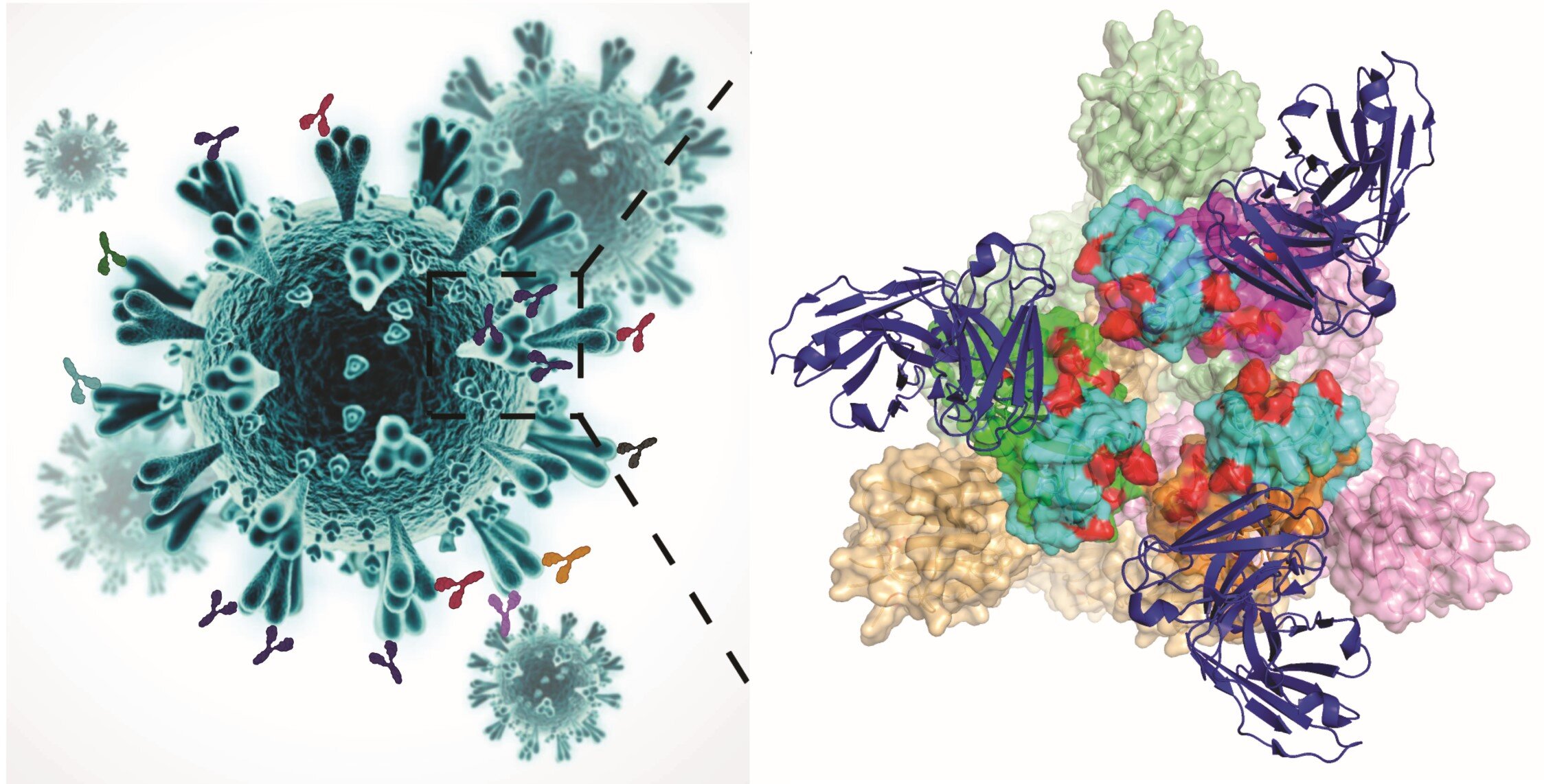


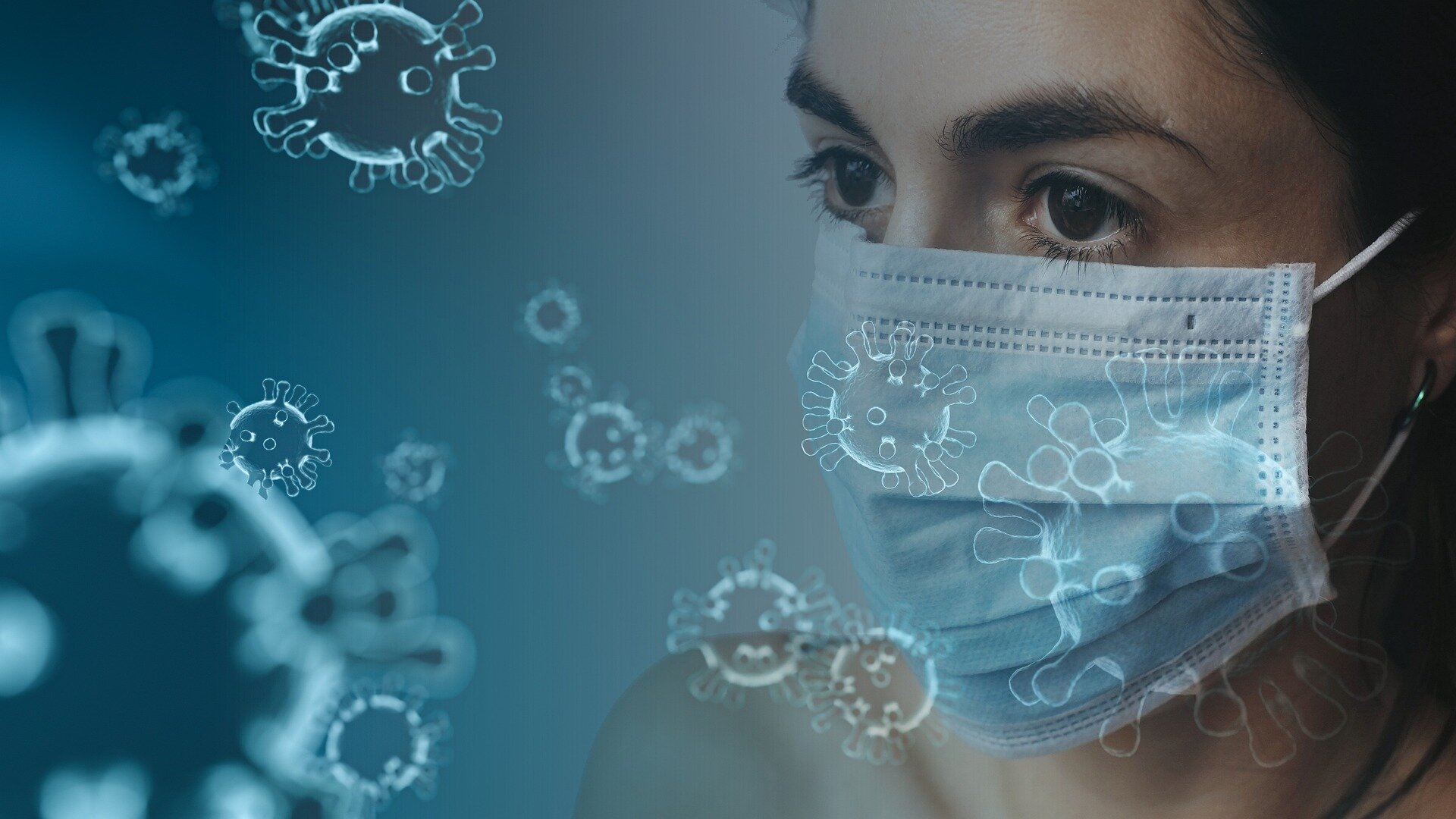
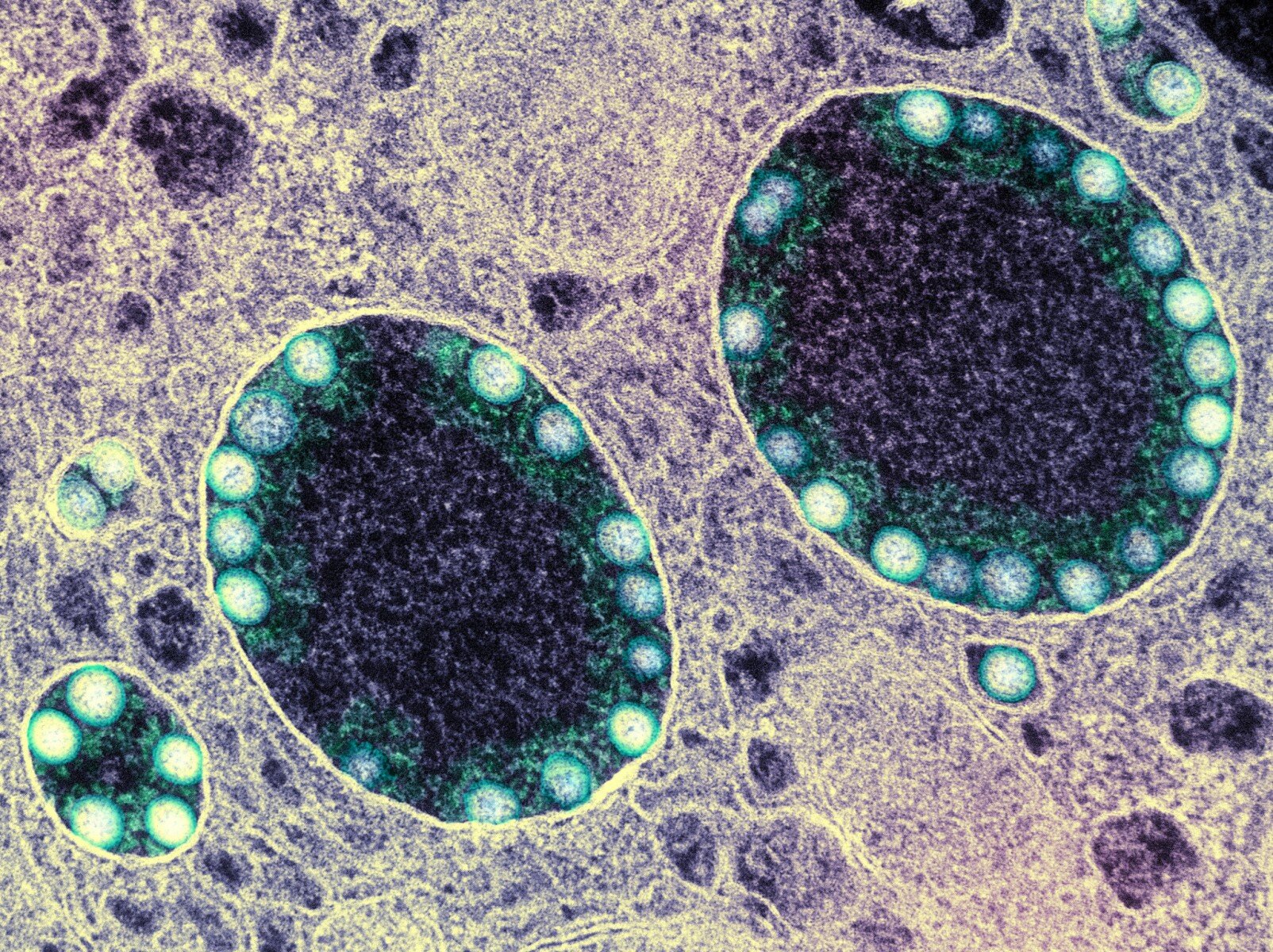
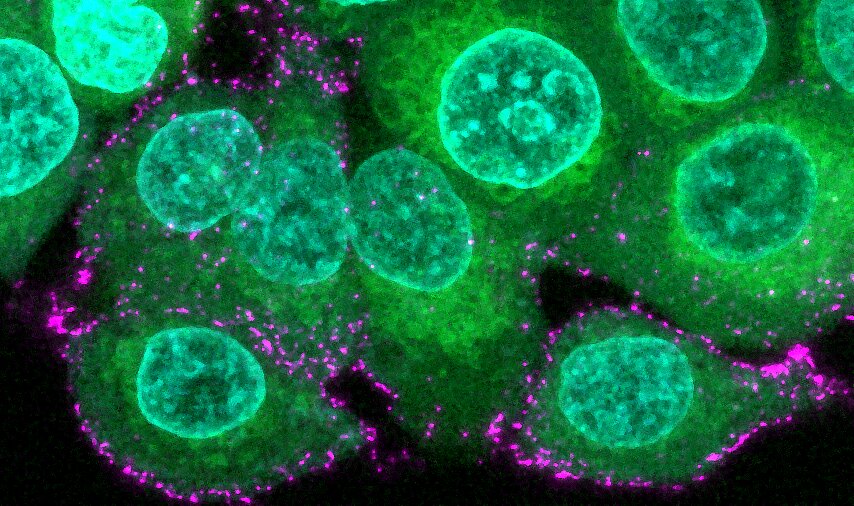
 …
…

















